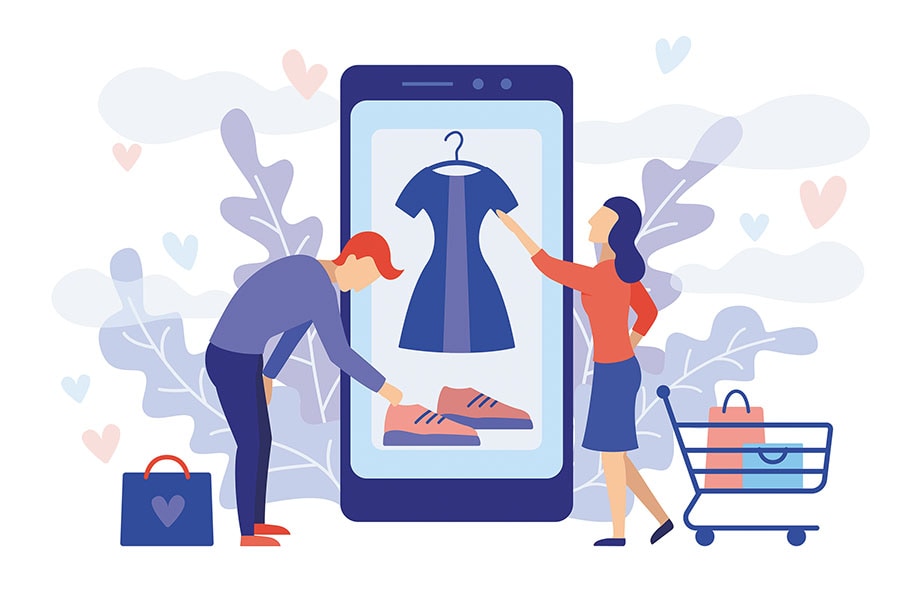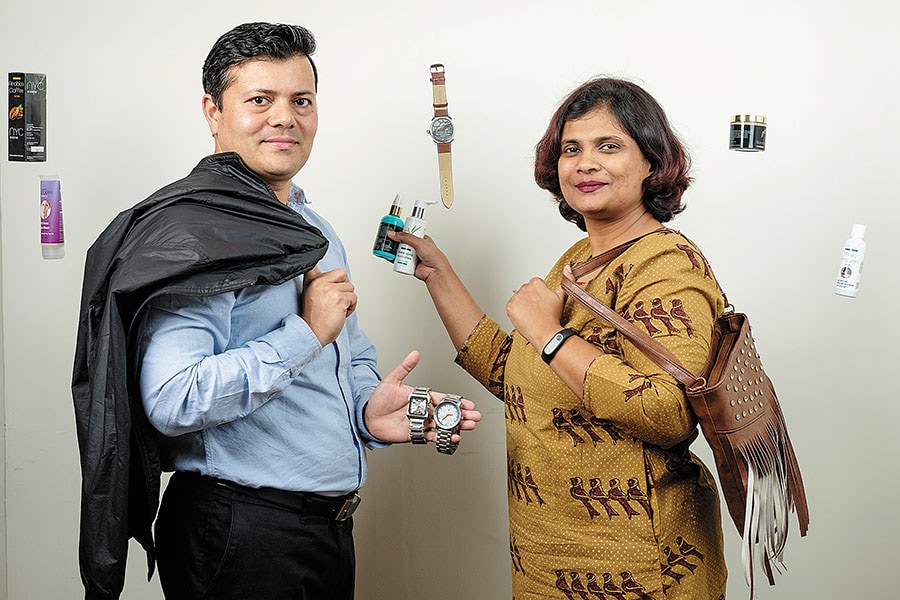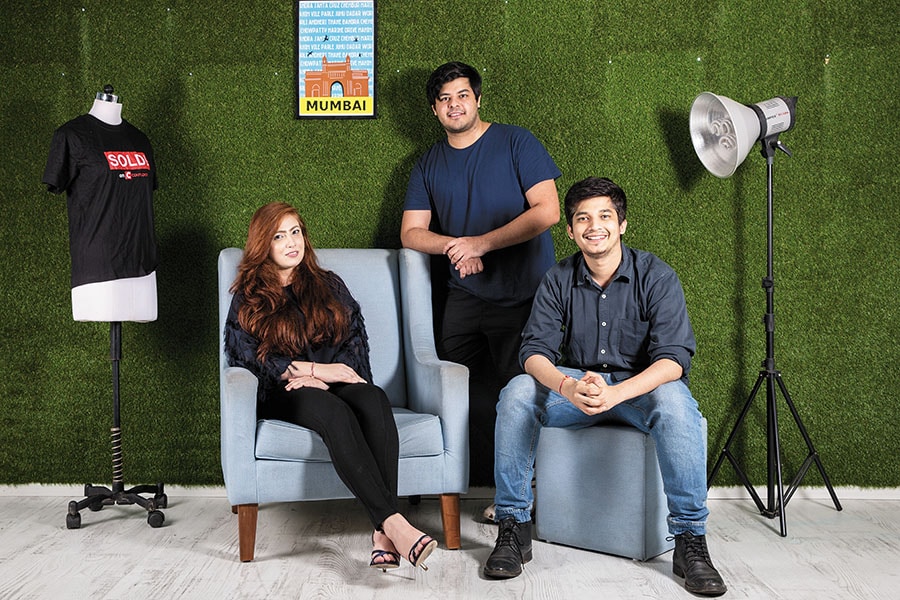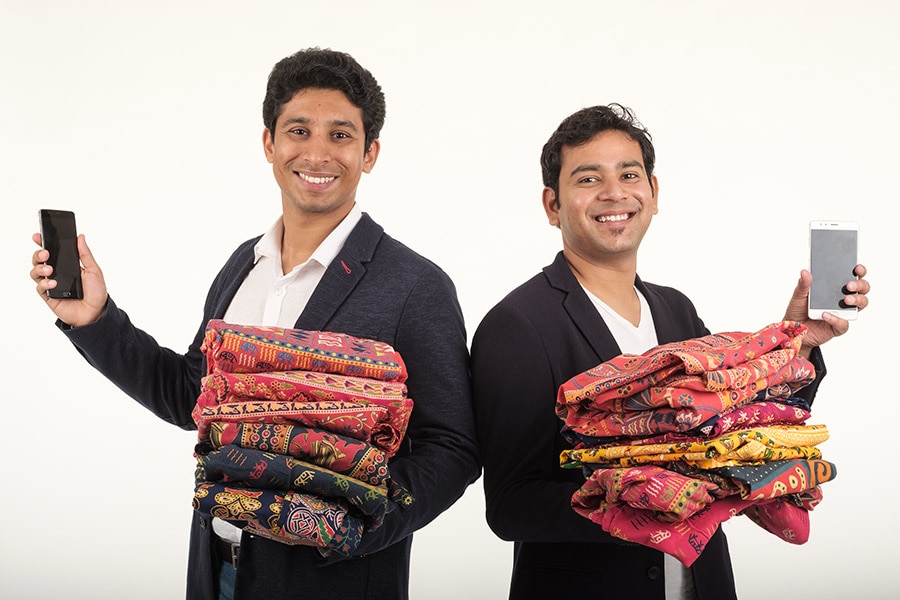
How social commerce is changing e-tail in India
By creating a zero investment model for sellers, and building trust among buyers, social commerce startups such as CoutLoot and Mall91 are changing the rules of ecommerce
 Image: Shutterstock
Image: Shutterstock
Nalini Trivedi (name changed) came across a page, womenclothestudio.com, while browsing Instagram on a Sunday evening. The page offered her an attractive jumpsuit for just ₹360. Not seeing an option to pay cash-on-delivery (COD), Trivedi made the payment online and received a bill that said she would receive the order within a week. Several days later, she had still not received the order. She called the number listed on the website but it was unreachable and the page itself disappeared after a couple of days. Her long complaint mail to them also bounced.
Trivedi’s experience captures the entire gamut of social commerce—commerce and selling facilitated by social media—where recommendations are made on the basis of a user’s likes and preferences. This ease of shopping, however, also comes with inherent danger, like in Trivedi’s case.
Enter secure platforms that help offline businesses go online, use referral systems to buy, sell or promote products and services, all the while capitalising on people’s usage of social media.
Unlike random pages on social media apps like Instagram, these platforms keep all the stakeholders’ interests in mind while aiming to increase the number of transactions. And unlike Facebook Marketplace, social commerce platforms also take on the responsibility to handle logistics, returns, payments—generally COD—and any disputes.
The medium generally used to distribute product information is a social media platforms like WhatsApp, Instagram and Facebook, and the product is sold to the end customer by a friend, family or relative. Social commerce platforms provide ecommerce functions, but use social media to help them through it.
 GlowRoad Co-founders Kunal Sinha and Sonal Verma believe social commerce personalises the shopping experience through credible sellers and resellers
GlowRoad Co-founders Kunal Sinha and Sonal Verma believe social commerce personalises the shopping experience through credible sellers and resellersImage: Nishant Ratnakar for Forbes India
“Social commerce is a broad term where eventually somebody has to use his personal contacts to do business,” says Kunal Sinha, co-founder and CEO of GlowRoad, a social commerce platform that started in November 2017.
(This story appears in the 30 November, -0001 issue of Forbes India. To visit our Archives, click here.)


 CoutLoot Co-founders Mahima Kaul, Vinit Jain and Jasmeet Thind help offline sellers go online without any investment
CoutLoot Co-founders Mahima Kaul, Vinit Jain and Jasmeet Thind help offline sellers go online without any investment (From left) Meesho CEO Vidit Aatrey and CTO Sanjeev Barnwal say that one of the challenges is to help users interact in their own local langauges
(From left) Meesho CEO Vidit Aatrey and CTO Sanjeev Barnwal say that one of the challenges is to help users interact in their own local langauges



